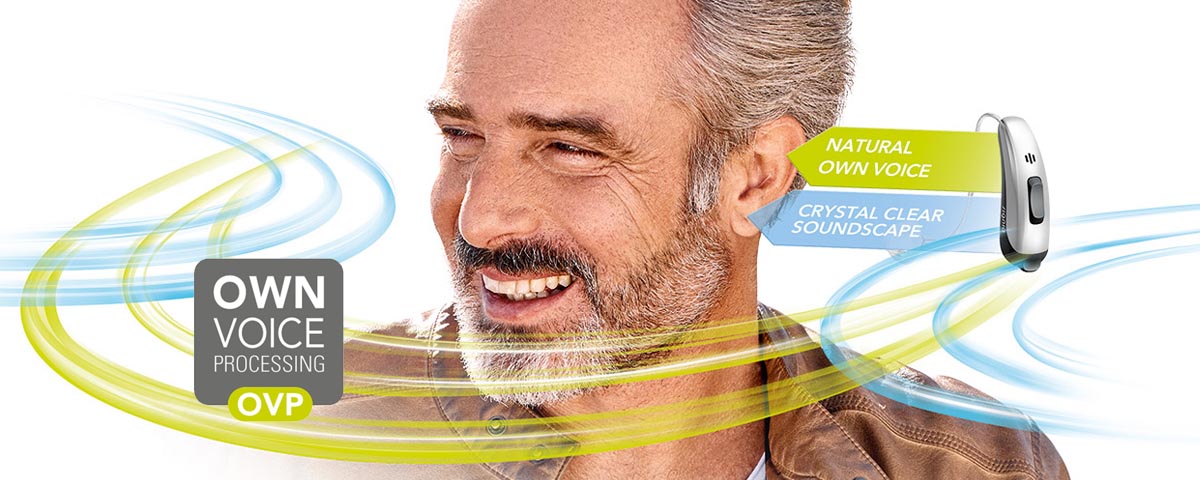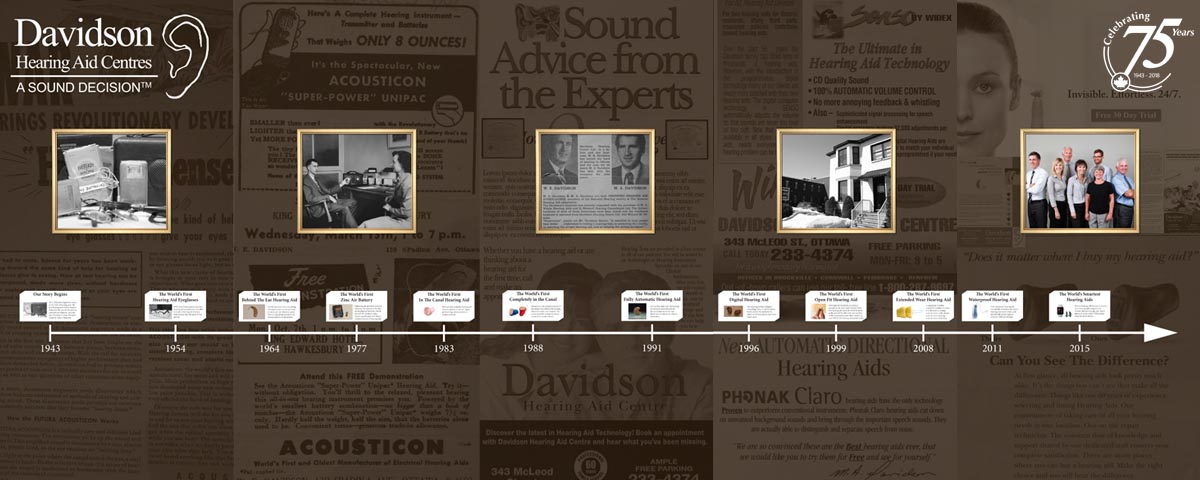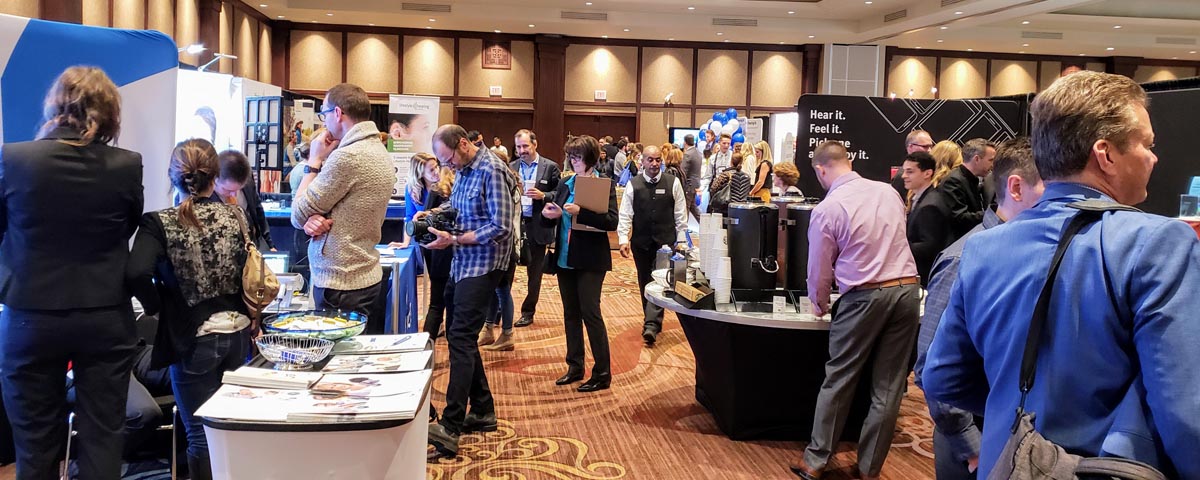La fonctionnalité OVP par Sivantos présente une satisfaction supérieure face à la qualité de la voix de plus de 86%.
L’une des remarques les plus communes chez les nouveaux usagers d’appareils auditifs est une dissatisfaction face a la qualité sonore de leurs propres voix. Les usagers rapportent souvent que leur voix est perçue comme étant trop forte et portant un son d’allure robotique, surtout lors des premières semaines d’utilisation. Les appareils auditifs possèdent comme but principal d’amplifier les sons de notre environnement, mais plus critiquement les sons de la parole. Les sons de la parole ont été étudier depuis plusieurs années, un modèle de parole, le Long Term Average Speech Spectrum (LTASS) fut même développé afin d’aider les compagnies d’appareils auditifs à concentré leur amplification sur les fréquences importantes pour bien comprendre les voyelles et les consonnes.
Les appareils auditifs traditionnels complètent leur tache en amplifiant la parole, mais peuvent-ils distinguer notre propre voix de la parole de nos interlocuteurs? Faute de la proximité entre nos appareils auditifs et notre bouche, notre propre voix peut souvent être captée et suramplifier par rapport aux autres voix. Ce problème introduit une dissatisfaction sévère pour les usagers, apportant par la suite plusieurs suivis et même des possibilités de rejet des appareils auditifs. Plusieurs chercheurs ont étudié ce problème, une étude récente démontra que 60% des usagers demeurent insatisfait face à la qualité de leur propre voix deux ans après l’achat!
Une solution commune pour régler ce problème consiste d’ajuster des dômes ouverts aux appareils. Les dômes ouverts permettent à notre voix naturelle d’entrée le canal auditif ce qui peut atténuer le problème. Par contre, l’utilisation de dômes ouverte peut apporter des conséquences lors de l’écoute dans le bruit puisque le bruit devient également capable d’entrer par le dôme ouvert.
La fonctionnalité Own Voice Processing par Sivantos est un système unique qui analyse les sons captés, isole et atténue notre propre voix. Plus précisément les deux appareils travaillent en unisson pour comparer les sons captés pour réduire l’amplification des sons aigus lorsque vous parlez. La réduction des sons aiguë et un élément clé puisque la majorité de notre parole se compose de sons aigus. La fonctionnalité la plus fascinante du OVP par Sivantos est que le système ce calibre en quelques secondes lors de l’ajustement initial des appareils auditifs. Suite à ce moment, les appareils auditifs ont appris à détecter la voix de l’usager et de l’atténuer lorsque ce dernier parle.
Vous vous demandez peut-être ce qu’il ce passe lorsque quelqu’un parle en même temps que vous, serez vous capable de les entendre? la détection rapide de la parole par le système OVP s’assure que seulement votre propre voix est atténuer, tous en maintenant l’amplification désirer de la parole des interlocuteurs. Lors d’une étude clinique par Sivantos, ils ont découvert que jusqu’à 86% de leurs usagers rapportant une nouvelle satisfaction face à la qualité de leurs propres voix. Sivantos compara leur produit avec deux autres compétiteurs avec des produits similaires et découverts une meilleure satisfaction chez une diversité d’ajustement.
Si vous vous retrouver insatisfait face à la qualité sonore de votre propre voix, visité le centre Davidson le plus près de chez vous pour discuter du système Own Voice Processing avec l’un de nos professionnels de la santé auditive.
Article en référence : http://www.hearingreview.com/2018/01/clinical-study-shows-significant-benefit-voice-processing/




